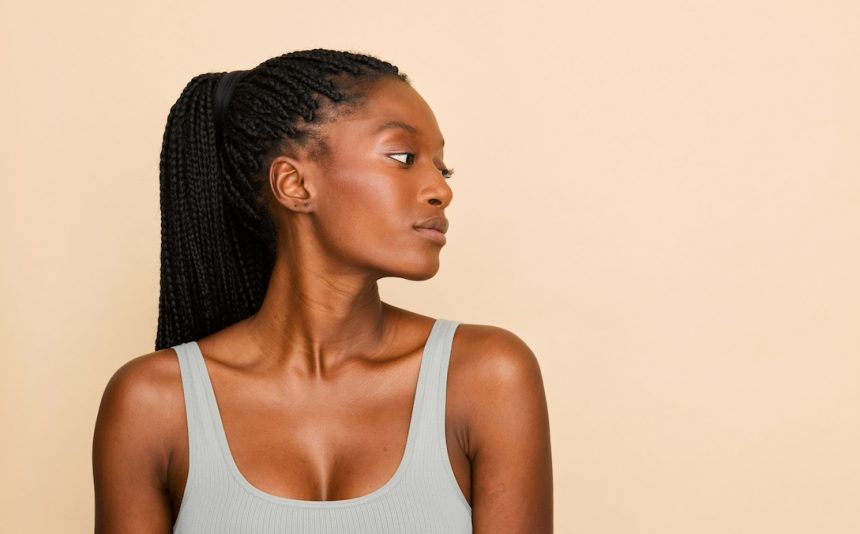During the pandemic, I decided to try out braids as a protective style. As someone with thick, coily hair who couldn’t visit the salon for regular blowouts, box braids seemed like the perfect solution. I chose long, sleek box braids similar to Janet Jackson’s iconic look in Poetic Justice. Not only did these braids make me feel put together with minimal effort, but they also saved me time in my daily hair care routine.
As someone who prefers low-maintenance styles, box braids were a game-changer for me. I no longer had to spend precious time detangling and styling my hair every day. Instead, I could simply get up and go. Even when salons reopened, I continued to rock my braids, getting them redone every few weeks.
However, after 18 months of consistent braiding, I noticed that my edges were thinning. A hairstylist pointed out that it looked like traction alopecia, a condition caused by tension on the scalp. To get a better understanding of traction alopecia, I consulted with experts in the field.
Traction alopecia is a common issue caused by tight hairstyles like braids, weaves, and ponytails. While anyone can experience it, Black women are particularly susceptible. The condition can lead to permanent hair loss if not addressed.
Early signs of traction alopecia include itching, tenderness, and hair breakage. To treat it, it’s important to stop wearing tight styles and prevent further damage. Along with lifestyle changes, medical interventions like minoxidil and PRP therapy may be necessary for advanced cases.
To prevent traction alopecia, avoid tight hairstyles, wear your hair in moderation, and switch up your styles regularly. By being mindful of how you style your hair, you can protect your edges and keep your hair healthy in the long run.





